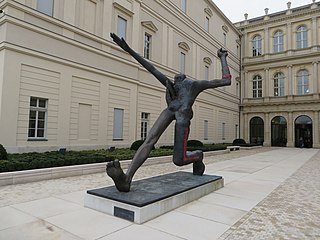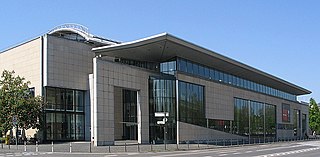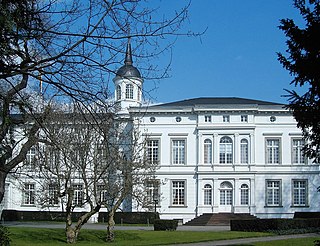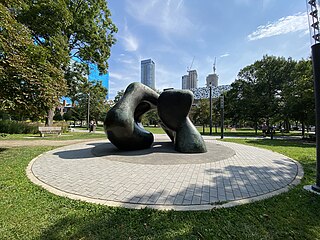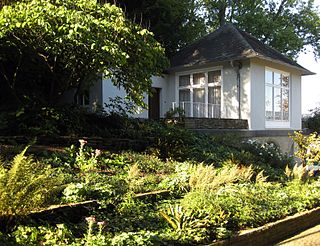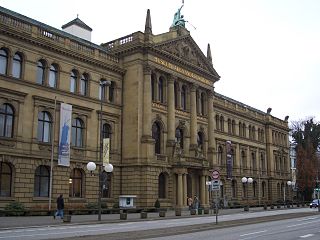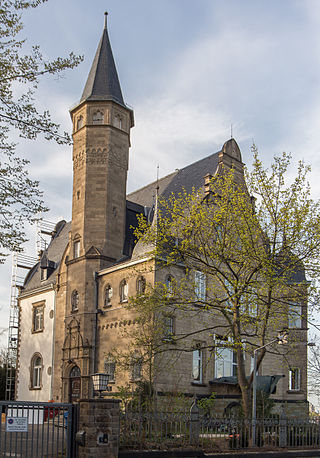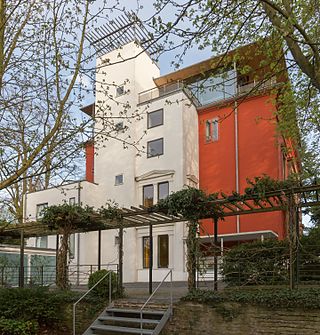Self-guided Sightseeing Tour #5 in Bonn, Germany
Legend
Guided Free Walking Tours
Book free guided walking tours in Bonn.
Guided Sightseeing Tours
Book guided sightseeing tours and activities in Bonn.
Tour Facts
2.4 km
41 m
Experience Bonn in Germany in a whole new way with our free self-guided sightseeing tour. This site not only offers you practical information and insider tips, but also a rich variety of activities and sights you shouldn't miss. Whether you love art and culture, want to explore historical sites or simply want to experience the vibrant atmosphere of a lively city - you'll find everything you need for your personal adventure here.
Activities in BonnIndividual Sights in BonnSight 1: Der Jahrhundertschritt
The Step of the Century is a bronze sculpture that was created by Wolfgang Mattheuer in 1984. It is considered one of the most important works of art in the GDR at the time of the division of Germany and is a parable of the turmoil of the 20th century.
Sight 2: Haus der Geschichte der Bundesrepublik Deutschland
Haus der Geschichte is a museum of contemporary history in Bonn, Germany. With around one million visitors every year, it is one of the most popular German museums. The Haus der Geschichte is part of the Haus der Geschichte der Bundesrepublik Deutschland Foundation, alongside the "Zeitgeschichtliches Forum Leipzig", the "Tränenpalast" at Berlin Friedrichstraße station and the "Museum in the Kulturbrauerei". The foundation's headquarters is in Bonn.
Wikipedia: Haus der Geschichte (EN), Twitter, Opening Hours, Facebook, Instagram, Website
Sight 3: SAS-Pavillon
The SAS Pavilion is a small rotunda on Bonn's Bundeskanzlerplatz, which was built in 1952/53 and was formerly used as a flight agency of the Scandinavian Airlines System (SAS). It is a listed building.
Sight 4: Palais Schaumburg
Palais Schaumburg is a neoclassical-style building in Bonn, Germany, which served as the primary official seat of the German Federal Chancellery and the primary official residence of the Chancellor of the Federal Republic of Germany from 1949 until 1976. As the headquarters of the Federal Chancellery, it was simply known as the House of the Federal Chancellor. Since 2001, Palais Schaumburg has served as the secondary official seat of the German Federal Chancellery and the secondary official residence of the Chancellor of the Federal Republic of Germany.
Sight 5: Large Two Forms
Large Two Forms is a 1966-1969 sculpture by Henry Moore. The monumental sculpture measures 365 cm × 610 cm × 400 cm. It comprises two large curving elements that almost meet. The organic shapes, each with oval openings, resemble two human pelvis bones, positioned as if copulating. The work may have a distant relationship to his 1934 sculpture Two Forms in pynkado wood, now held by the Museum of Modern Art in New York.
Sight 6: Kanzler-Teehaus
The Chancellor's Teahouse is a pavilion in the park of Palais Schaumburg in the Gronau district of Bonn. It was built in 1955 on the banks of the Rhine (Wilhelm-Spiritus-Ufer) and used by the Federal Chancellors of the Federal Republic of Germany for confidential discussions, sometimes also for private purposes. As part of the area of the former Federal Chancellery, the teahouse is listed as an architectural monument.
Sight 7: Villa Hammerschmidt
Hammerschmidt Villa is a villa in the German city of Bonn that served as the primary official seat and primary official residence of the president of the Federal Republic of Germany from 1950 until 1994. President Richard von Weizsäcker made Bellevue Palace in Berlin his primary official seat and residence in 1994. In German, the Villa is also called the "White House of Bonn", and served as a political symbol of West Germany and its capital Bonn. Since 1994, the Hammerschmidt Villa has been the secondary official seat and secondary official residence of the president of Germany. The president's standard is flown above Hammerschmidt Villa when the president is in Bonn.
Sight 8: Museum Alexander Koenig
The Museum Koenig Bonn, formerly Zoological Research Museum Alexander Koenig, is a natural history museum and zoological research institution in Bonn, Germany. The museum is named after Alexander Koenig, who donated his collection of specimens to the institution. The museum was opened in 1934 and forms, since 2001, the Leibniz Institute for the Analysis of Biodiversity Change, abbreviated LIB, together with the Museum of Nature Hamburg. The LIB is affiliated with the Leibniz Association.
Sight 9: Villa Spiritus
The Villa Spiritus is a villa on the banks of the Rhine in Bonn in the district of Gronau, which was built in 1896/97. It was used by the armed forces of the United Kingdom from 1945 to 2011. The villa is a listed building.
Sight 10: Villa Prieger
The Villa Prieger is a villa in the Bonn district of Gronau, which was built from 1864 to 1866. It is located above the banks of the Rhine with the address Raiffeisenstraße 2–4. Today, the villa forms the centre of the Montag Foundations and is a listed building.
Sight 11: Villa Ingenohl
The Villa Ingenohl is a villa in the Bonn district of Gronau, which was built in 1895/96. It is located above the banks of the Rhine (Wilhelm-Spiritus-Ufer) with the address Raiffeisenstraße 5 in the immediate vicinity of Villa Heckmann. The villa is a listed building.
Share
How likely are you to recommend us?
Disclaimer Please be aware of your surroundings and do not enter private property. We are not liable for any damages that occur during the tours.
GPX-Download For navigation apps and GPS devices you can download the tour as a GPX file.
